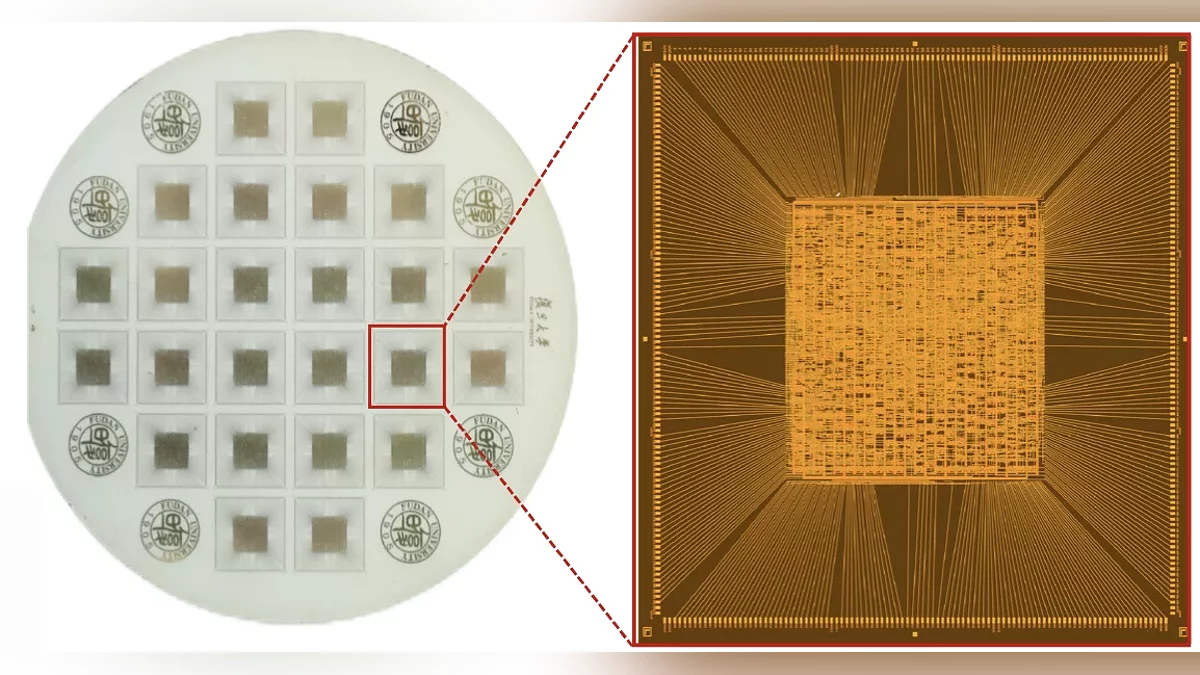Chinese Scientists Unveil a RISC-V Processor with No Silicon
A team of scientists from China has introduced the RV32-WUJI, an experimental 32-bit processor built on the RISC-V architecture. What sets this chip apart is its use of molybdenum disulfide (MoS₂) — a two-dimensional material just a few atoms thick that is being explored as a potential alternative to silicon in microelectronics.
Unlike graphene, which is a conductor, MoS₂ has semiconductor properties, making it crucial for transistor design. The researchers overcame scaling challenges by growing large sheets of this material on a sapphire substrate, integrating 5,900 transistors into the processor. While its clock speed is far from practical for mainstream devices, it opens the door for ultra-low-power applications like IoT sensors, where battery life is more important than raw performance.
One of the key breakthroughs of the project was adapting MoS₂ to existing semiconductor fabrication methods. Instead of traditional silicon doping, the team used aluminum and gold compounds to fine-tune transistor behavior. AI-powered optimization further enhanced chip reliability, reaching an impressive 99.8% accuracy in transistor function.
Scientists acknowledge that MoS₂ won’t replace silicon anytime soon, but it could carve out a niche in specialized applications. Future research will focus on improving the stability of multi-bit components and boosting clock speeds. This project marks one of the first real steps toward 2D material-based electronics, demonstrating how alternative semiconductors could extend the boundaries of microelectronics while maintaining compatibility with existing manufacturing processes.
